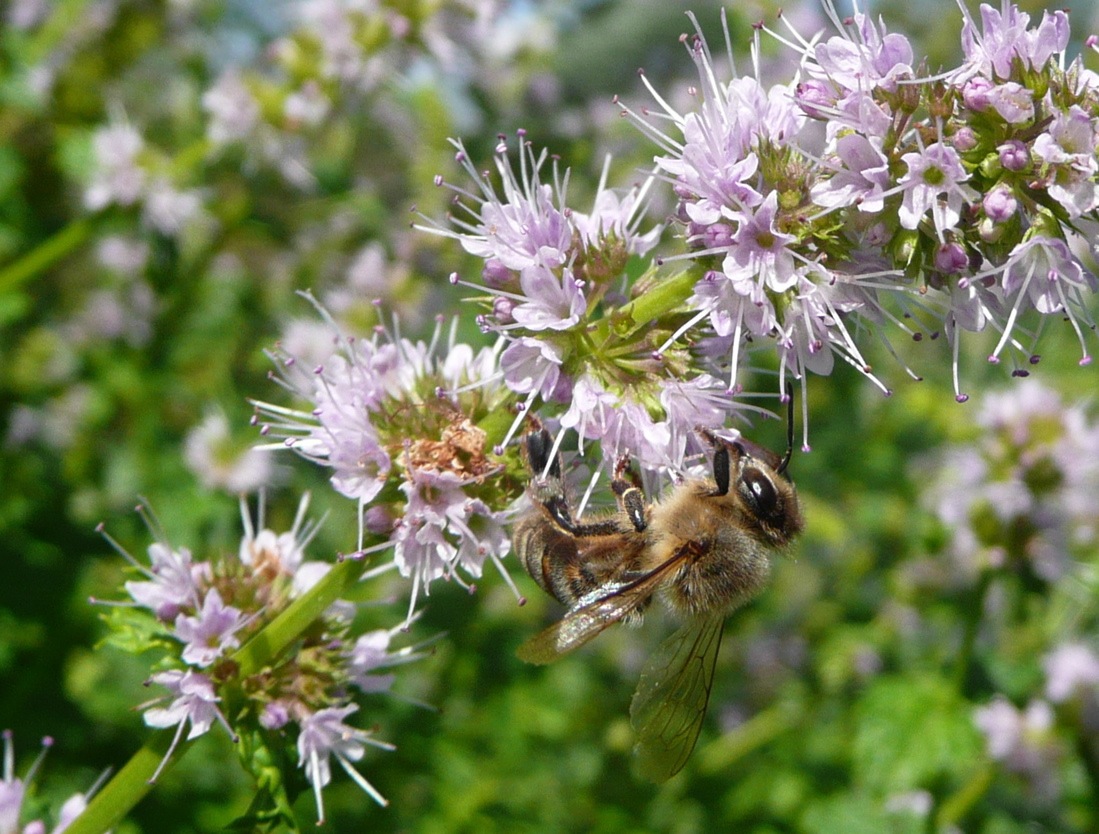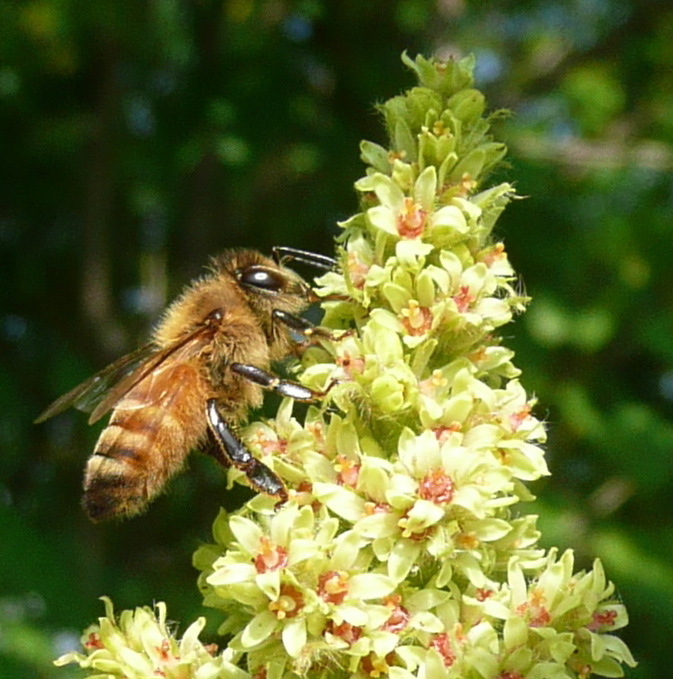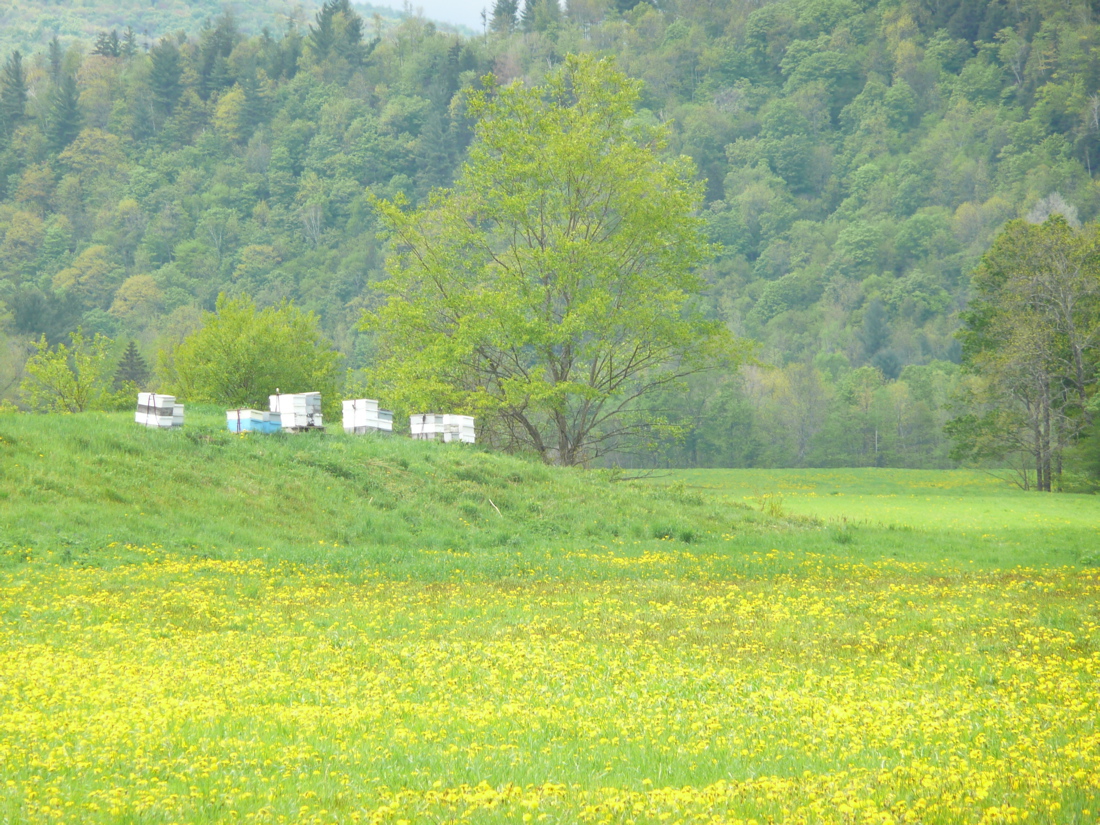Live From the Hive: July 2015

“The Mints” by Annie Watson, Thistle Hill Studio
Honey bees love the flowers of the mint family (Lamiaceae). Spearmint, catmint, lemon balm, catnip… the list goes on. Did you know that basil is in the mint family? So are lavender, oregano, and rosemary. In our area, the mints bloom in June and July.
Pollinators are threatened all over the world. You can help them out by planting bee-friendly plants in your garden. Plant plenty of herbs so that you can leave some to flower instead of harvesting them all.
For more information about what you can plant for bees and other pollinators, go to Honey Bee Suite.

